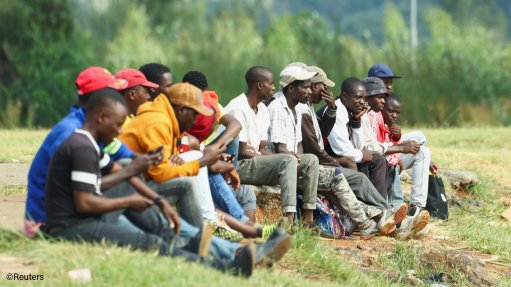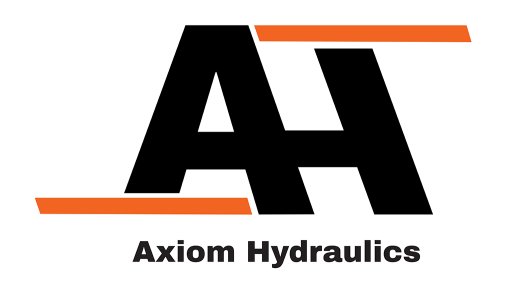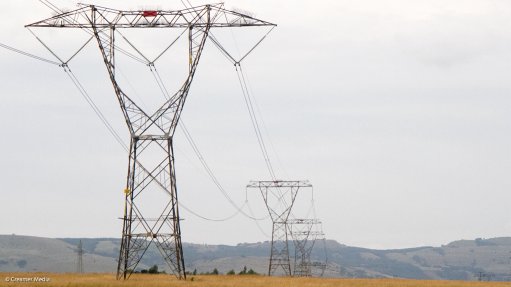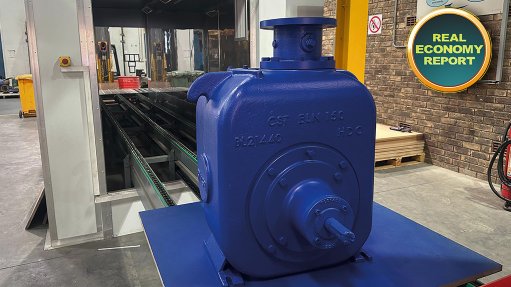Energy storage possible standby for grid failure
While energy storage may seem like a viable option for standby power initiatives during grid failure, several issues need to be resolved first for it to be implemented, South African National Energy Development Institute’s Renewable Energy Centre of Research and Development manager Dr Karen Surridge-Talbot states.
Speaking at the Power and Electricity Conference held at the Sandton Convention Centre last month, Surridge-Talbot warned that the bigger picture in the South African energy industry has to be taken into con- sideration when considering the possibility of energy storage.
“We have to consider what is the best way to implement the process, and . . . the bigger picture. . . refers to looking into the costs involved. Power producers need to ask who is going to implement the systems and by when and how it will work.
“South Africa’s large wind and solar capa- cities, especially around the Northern Cape region, do, however, allow for the large quantities of renewable energy, which, along with the hydrostorage capabilities of the Ingula pumped-storage scheme, can reduce the pressure on the national grid as well as provide standby power solutions in times of shortage, when stored,” she said.
Further, Surridge-Talbot noted that, in order to adopt storage technologies, encompassing market research by power producers should be done to find an appropriate solu- tion for South Africa.
“The storage market in South Africa currently has a massive gap, which will be best [bridged] by the power producers that can adapt most fluidly to the power and electricity circumstances in which the country finds itself,” Surridge-Talbot pointed out.
She also highlighted that, over the long term, there was no denying that renewable- energy and storage would be a good fit. “Storage energy technology in South Africa remains neutral, as there are several means through which energy can be stored, such as solar, wind, pumped storage, liquid fuel, pumped storage and batteries, just to name a few.”
While storage solutions do remain a pos- sibility for South Africa, Surridge-Talbot indicated, ownership of the infrastructure remained a conundrum that was yet to be addressed.
“We have substantial amounts of energy which can possibly go into storage, especially on the renewable front. Ownership, however, will remain the biggest factor that will be taken into consideration. Should State- owned utility Eskom or the Department of Energy enter the storage market, taxpayers will continue to fund the projects,” said Surridge-Talbot.
She added that the appropriation of storage solutions from the private sector remained the only feasible option for the South African market as the processes remained similar to the processes in the renewable-energy programme.
“There are several scenarios that have to be taken into account, namely how the capital investments will work and how business models will be designed to assist power providers. “As the types of plans for storage which are being discussed resemble the Renewable Energy Independent Power Producer Procurement Programme, it will be interesting to see if the storage plan is called the Storage Energy Power Producer Procurement Programme.”
Several factors may hinder the rise of stored energy as a standby power source, noted Surridge-Talbot, adding that the completion of the Medupi and Kusile power plants and the introduction of nuclear power could lead to an oversupply in power, making energy storage schemes redundant.
“Power producers looking into storage solutions, which will support the grid, must first ask themselves what will happen should the grid function properly and not require additional, stored energy and how the business model will work then. “We have the convenience of dispatch ability, but it won’t be a constant require- ment” she highlighted.
Another factor which Surridge-Talbot raised around the possibility of energy storage solutions being adopted was the need for skills development and the need for collaboration between entities that would be supplying stored electricity.
“Collaboration is important, as energy storage remains a good filler technology to the current production of electricity in South Africa. It is also a good way to [strike a] balance between the grid and renewable energies, but once that capital investment is made,who really benefits in the long run?”
Surridge-Talbot pointed out that out- comes in the South African market for storage energy will depend on how role- players demonstrate the extent of what stored power can achieve.
“In order to reach the greater goal of driving economic development, it is neces- sary to display the advantages of stored power. We have pumped storage in South Africa; we need to showcase the sustainable advantages of storage in the country and how we can develop the field further. Several roleplayers, such as Dr Bernard Bladergroen of the University of the Western Cape, as well as the Council for Scientific and Industrial Research, are in the process of developing batteries for storage purposes,” she says.
“There are a lot of unanswered questions because people are unsure where the market is heading and because we don’t know [what] the bigger energy picture in South Africa [will look like],” Surridge-Talbot concluded.
Article Enquiry
Email Article
Save Article
Feedback
To advertise email advertising@creamermedia.co.za or click here
Comments
Press Office
Announcements
What's On
Subscribe to improve your user experience...
Option 1 (equivalent of R125 a month):
Receive a weekly copy of Creamer Media's Engineering News & Mining Weekly magazine
(print copy for those in South Africa and e-magazine for those outside of South Africa)
Receive daily email newsletters
Access to full search results
Access archive of magazine back copies
Access to Projects in Progress
Access to ONE Research Report of your choice in PDF format
Option 2 (equivalent of R375 a month):
All benefits from Option 1
PLUS
Access to Creamer Media's Research Channel Africa for ALL Research Reports, in PDF format, on various industrial and mining sectors
including Electricity; Water; Energy Transition; Hydrogen; Roads, Rail and Ports; Coal; Gold; Platinum; Battery Metals; etc.
Already a subscriber?
Forgotten your password?
Receive weekly copy of Creamer Media's Engineering News & Mining Weekly magazine (print copy for those in South Africa and e-magazine for those outside of South Africa)
➕
Recieve daily email newsletters
➕
Access to full search results
➕
Access archive of magazine back copies
➕
Access to Projects in Progress
➕
Access to ONE Research Report of your choice in PDF format
RESEARCH CHANNEL AFRICA
R4500 (equivalent of R375 a month)
SUBSCRIBEAll benefits from Option 1
➕
Access to Creamer Media's Research Channel Africa for ALL Research Reports on various industrial and mining sectors, in PDF format, including on:
Electricity
➕
Water
➕
Energy Transition
➕
Hydrogen
➕
Roads, Rail and Ports
➕
Coal
➕
Gold
➕
Platinum
➕
Battery Metals
➕
etc.
Receive all benefits from Option 1 or Option 2 delivered to numerous people at your company
➕
Multiple User names and Passwords for simultaneous log-ins
➕
Intranet integration access to all in your organisation

















